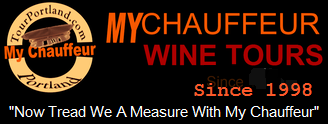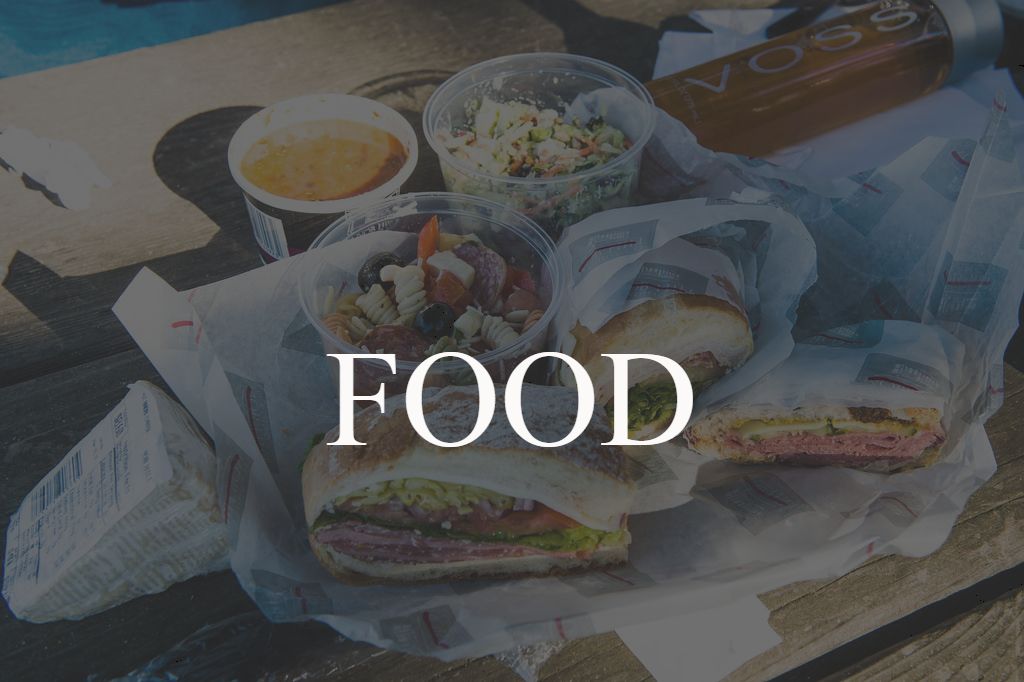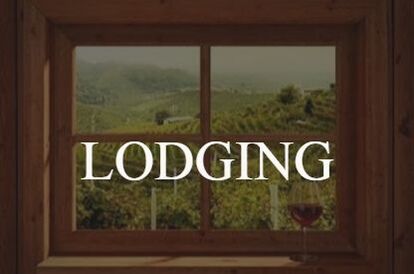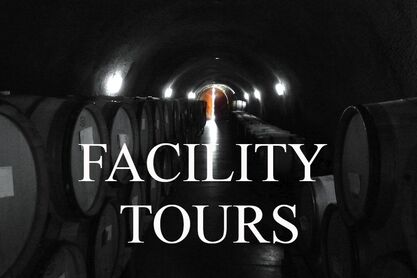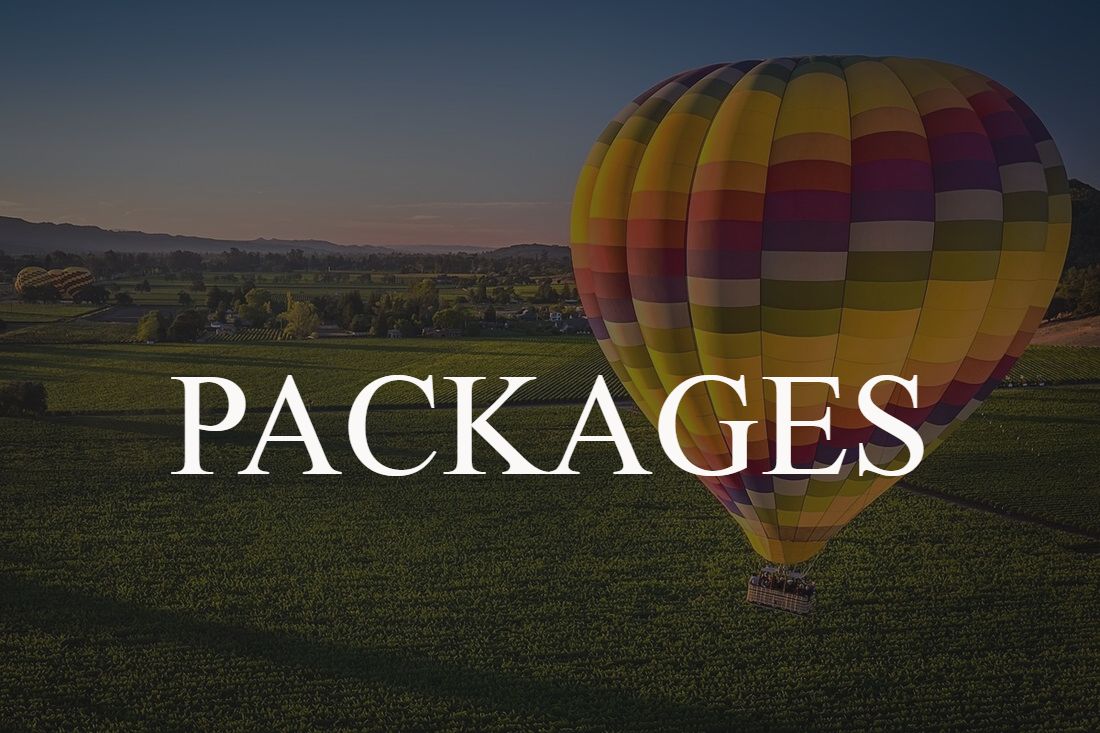A History and Guide to Sparkling Wine in the Dundee Hills
Believe it or not, bubbles were not always loved by winemakers and connoisseurs.
Called “The Devil’s Wine” by some critics, the effervescence we love today would give Old World winemakers fits centuries ago as their cool region bottles would re-ferment in the summertime, resulting in much irritation and… bubbles.
In fact, the famous Dom Pérignon was instructed by members of the Abbey of Hautvillers to eliminate the bubbles in his wine because they were causing so many bottles to burst in the cellar.
Of course times and tastes have changed since the 1600’s and now sparkling wine is loved across the globe – from France’s Champagne to Spain’s Cava to Italy’s Prosecco to sparkling wine produced in the United States. Its popularity is reflected in both wine sales and in the number of wineries producing sparkling wine.
The wine world has come to realize that occasions for sparkling wine have evolved and aren’t just for celebrations anymore. These wines are versatile, pair wonderfully with everything from seafood to barbecue to dessert, and are the perfect way to make any day feel special. And hasn’t that been a welcome gift this past year!
Every region around the world makes their sparkling wine through a unique process, but a few key factors are shared in common across the globe. For some, the sparkling wine process actually begins in the vineyard by farming specifically for sparkling wine. Next, the grapes for are harvested early so they’re more acidic than sweet. While a sweet grape is desirable for Pinot Noir, Chardonnay and other varietals the Dundee Hills is known for, that’s not the case with sparkling.
Second, winemakers take extreme care to avoid tannins, and often handpick their grapes to avoid risk of them splitting, which would cause the juice to mingle with the skins. The most commonly used varietals in the Dundee Hills are Chardonnay and Pinot Noir.
Next, the wine begins its first fermentation in a vessel that allows the carbon dioxide to escape, which is not unlike a still wine. After fermentation, the wines are often blended together into a cuvee, though many varietal-specific sparkling wines do exist in the Dundee Hills.
The second fermentation is where the process diverges from still wine – and it’s where many regions and wineries tailor their own unique process (more on that below). In the second fermentation, winemakers are careful to ensure the carbon dioxide remains trapped and is absorbed back into the wine, which creates the bubbles we all love. Because of the high pressure, the wine bottles are made of an extra thick glass. And once the cork is popped, the CO2 gas releases and the wine becomes effervescent.
Méthode Traditionnelle in the Dundee Hills
Many of the Dundee Hills members who produce sparkling wine do so through the traditional method, which was developed in France (méthode traditionnelle) and is the method by which all true champagnes are crafted.
In the traditional method, the first fermentation is done in a large vessel – most often a tank or a barrel – before it goes into the bottle for the second fermentation along with liqueur de tirage, a combination of yeast, sugar and wine that prompts the creation of carbon dioxide. As the wine undergoes this second fermentation, the yeast precipitates out (called the lees). The wine then ages on the lees (called en tirage), which adds the rich, bready notes we savor in sparkling wine. After the bottles have aged, sometimes for years, they are aggressively inverted and regularly repositioned in a process called riddling that forces the lees to make its way to the neck of the bottle.
The lees must be removed before the wine can be enjoyed. The necks of the wine are frozen, the bottles are returned to their upright position and the temporary cap is removed. The pressure within the bottle forces out the frozen block of lees and the bottle is then secured with the cork and halter.
It’s quite the process, but the excellent sparkling wines in the Dundee Hills are well worth the effort!
Sparkling Wine-Centric Experiences in the Dundee Hills:The Dundee Hills may be known for Pinot Noir, but the sparkling wine from the region is exceptional and worthy of exploration. Argyle Winery was one of the first to produce Oregon sparkling wine in 1987, but now a number of the Dundee Hills winemakers have turned their hand to producing bubbles. And they’re receiving both national and global recognition for their efforts!
Here’s your opportunity to learn more about the nose-tickling wines and the experiences waiting for you to try!
Ask me for a list and description of Dundee Hills producers.
Called “The Devil’s Wine” by some critics, the effervescence we love today would give Old World winemakers fits centuries ago as their cool region bottles would re-ferment in the summertime, resulting in much irritation and… bubbles.
In fact, the famous Dom Pérignon was instructed by members of the Abbey of Hautvillers to eliminate the bubbles in his wine because they were causing so many bottles to burst in the cellar.
Of course times and tastes have changed since the 1600’s and now sparkling wine is loved across the globe – from France’s Champagne to Spain’s Cava to Italy’s Prosecco to sparkling wine produced in the United States. Its popularity is reflected in both wine sales and in the number of wineries producing sparkling wine.
The wine world has come to realize that occasions for sparkling wine have evolved and aren’t just for celebrations anymore. These wines are versatile, pair wonderfully with everything from seafood to barbecue to dessert, and are the perfect way to make any day feel special. And hasn’t that been a welcome gift this past year!
Every region around the world makes their sparkling wine through a unique process, but a few key factors are shared in common across the globe. For some, the sparkling wine process actually begins in the vineyard by farming specifically for sparkling wine. Next, the grapes for are harvested early so they’re more acidic than sweet. While a sweet grape is desirable for Pinot Noir, Chardonnay and other varietals the Dundee Hills is known for, that’s not the case with sparkling.
Second, winemakers take extreme care to avoid tannins, and often handpick their grapes to avoid risk of them splitting, which would cause the juice to mingle with the skins. The most commonly used varietals in the Dundee Hills are Chardonnay and Pinot Noir.
Next, the wine begins its first fermentation in a vessel that allows the carbon dioxide to escape, which is not unlike a still wine. After fermentation, the wines are often blended together into a cuvee, though many varietal-specific sparkling wines do exist in the Dundee Hills.
The second fermentation is where the process diverges from still wine – and it’s where many regions and wineries tailor their own unique process (more on that below). In the second fermentation, winemakers are careful to ensure the carbon dioxide remains trapped and is absorbed back into the wine, which creates the bubbles we all love. Because of the high pressure, the wine bottles are made of an extra thick glass. And once the cork is popped, the CO2 gas releases and the wine becomes effervescent.
Méthode Traditionnelle in the Dundee Hills
Many of the Dundee Hills members who produce sparkling wine do so through the traditional method, which was developed in France (méthode traditionnelle) and is the method by which all true champagnes are crafted.
In the traditional method, the first fermentation is done in a large vessel – most often a tank or a barrel – before it goes into the bottle for the second fermentation along with liqueur de tirage, a combination of yeast, sugar and wine that prompts the creation of carbon dioxide. As the wine undergoes this second fermentation, the yeast precipitates out (called the lees). The wine then ages on the lees (called en tirage), which adds the rich, bready notes we savor in sparkling wine. After the bottles have aged, sometimes for years, they are aggressively inverted and regularly repositioned in a process called riddling that forces the lees to make its way to the neck of the bottle.
The lees must be removed before the wine can be enjoyed. The necks of the wine are frozen, the bottles are returned to their upright position and the temporary cap is removed. The pressure within the bottle forces out the frozen block of lees and the bottle is then secured with the cork and halter.
It’s quite the process, but the excellent sparkling wines in the Dundee Hills are well worth the effort!
Sparkling Wine-Centric Experiences in the Dundee Hills:The Dundee Hills may be known for Pinot Noir, but the sparkling wine from the region is exceptional and worthy of exploration. Argyle Winery was one of the first to produce Oregon sparkling wine in 1987, but now a number of the Dundee Hills winemakers have turned their hand to producing bubbles. And they’re receiving both national and global recognition for their efforts!
Here’s your opportunity to learn more about the nose-tickling wines and the experiences waiting for you to try!
Ask me for a list and description of Dundee Hills producers.
